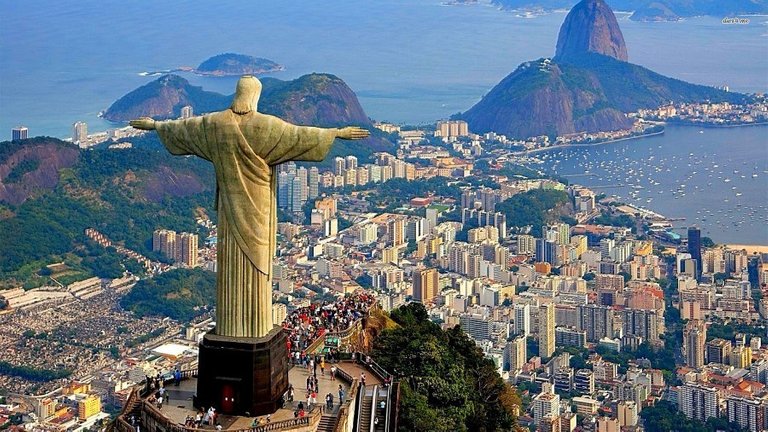
The city is officially mentioned for the first time when the second Portuguese exploratory expedition, led by Gaspar Lemos, arrived in January 1502, at the bay, which the navigator supposed, understandably, to be the mouth of a river, hence giving the name to the river. region of Rio de Janeiro.
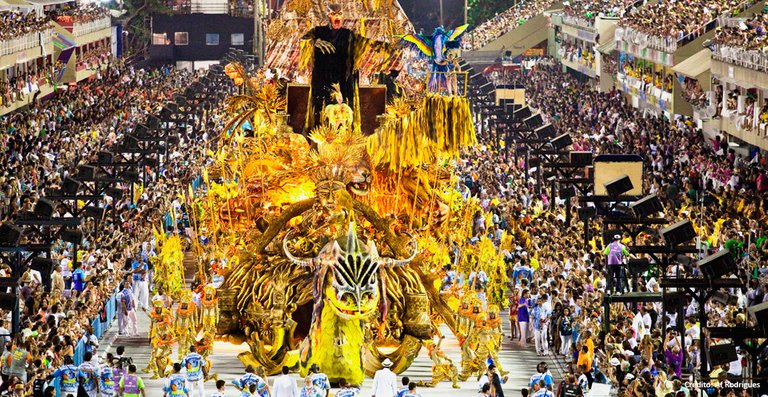
But it was not until 1530 that the Portuguese court sent an expedition to colonize the area, instead of continuing to use it simply as a stop in its maritime adventures. The French, on the other hand, had been in and around Rio de Janeiro since the beginning of the century and were willing to fight for dominance in the region. In 1560, after a series of skirmishes, the Portuguese expelled the French.
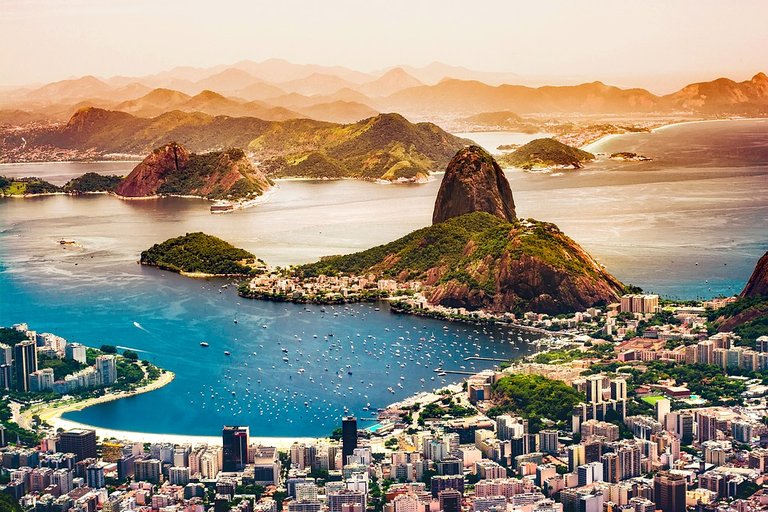
The beginning of the city as such was in Morro de São Januário, later known as Morro do Castelo, and then in Praça Quinze until today the vital center of Rio.
Rio de Janeiro was developed thanks to its natural vocation as a port. At the same time gold was discovered in the State of Minas Gerais at the end of the seventeenth century, the Governor of Brazil was made Viceroy. Salvador was the capital of the colony, but the growing importance of the port of Rio ensured the transfer of the seat of power to the south, to the city that would become, and still is, the intellectual and cultural center of the country.
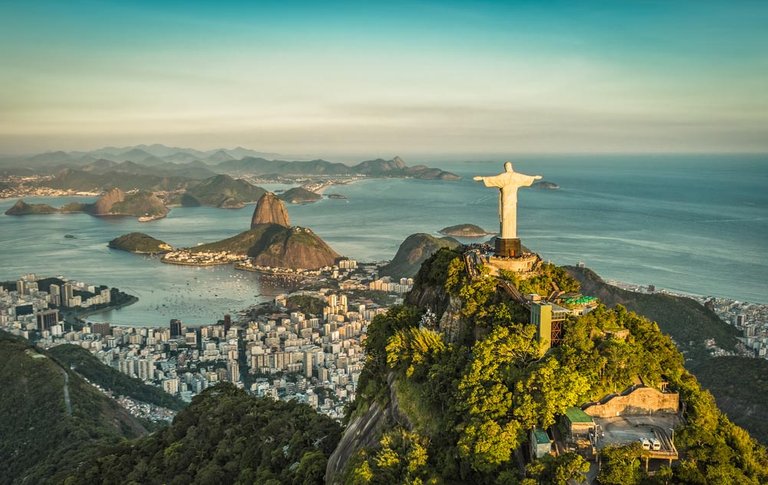
In 1808 the Portuguese royal family came to Rio de Janeiro, a refuge chosen in the face of the threat of Napoleonic invasion. When the royal family returned to Portugal and the independence of Brazil was declared in 1822, the gold mines had already been exhausted and gave way to another wealth: coffee.
Growth continued through most of the nineteenth century, initially in the north, to São Cristóvão and Tijuca, then to the south, passing through Glória, Flamengo, and Botafogo. In 1889, the capital of the Empire witnessed the fall of the monarchy. Political changes followed capitalist guidelines. The transition from the Monarchy to the Republic begins in 1889 and ends only, effectively, in 1930. The city, with the Proclamation of the Republic, becomes the federal capital.
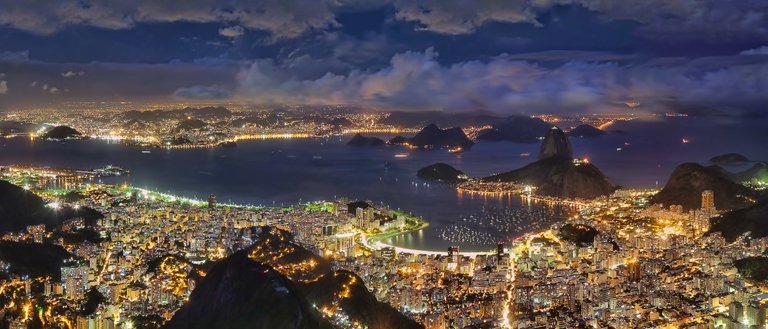
At the beginning of the twentieth century came the wide streets and imposing buildings, mostly in the fin-de-siècle French style. Rio de Janeiro maintained its position until the inauguration of Brasília as the capital of the republic in 1960. Capital of the State of Rio de Janeiro, the city remains the social and cultural center of the country.
Thanks for visiting and also subscribe to our blog to help him grow https://steemit.com/@jvssouza


